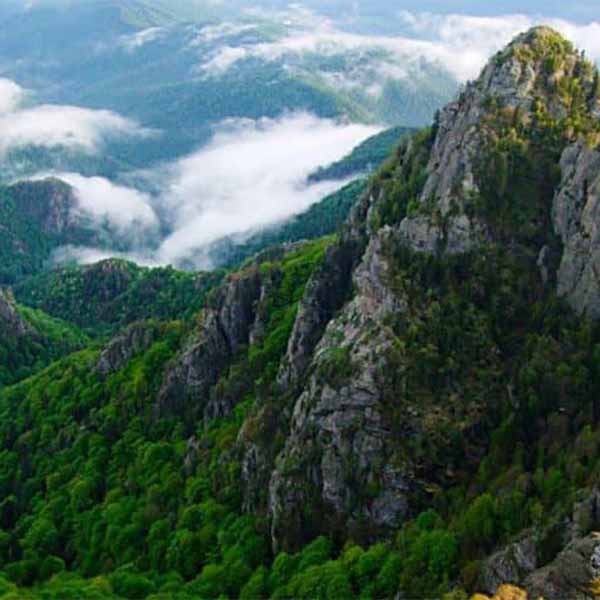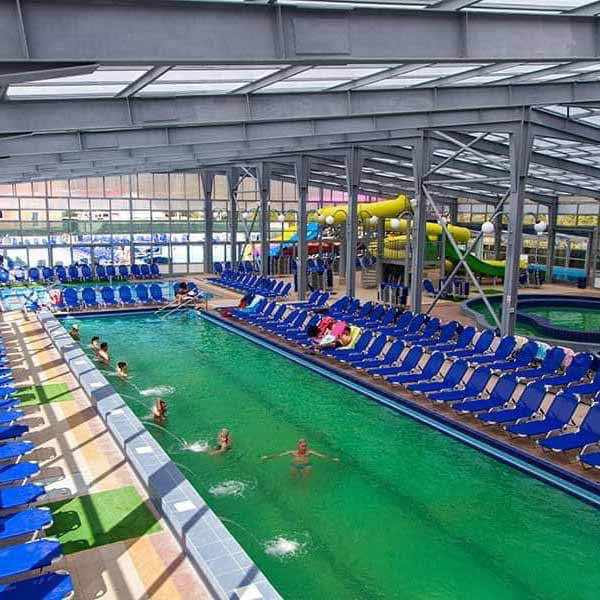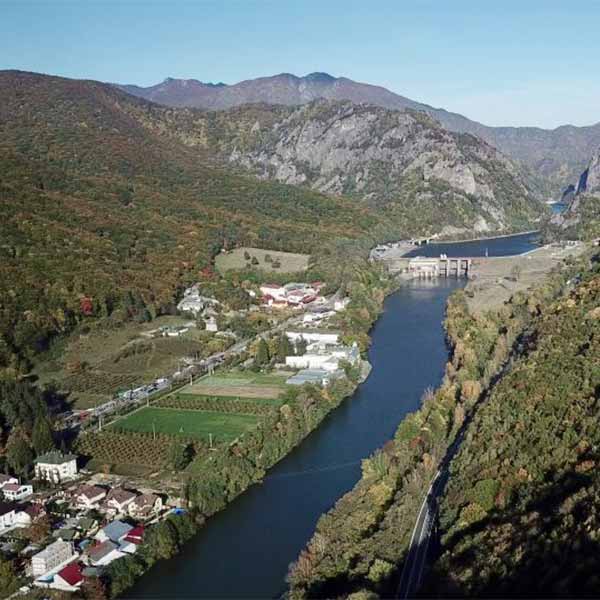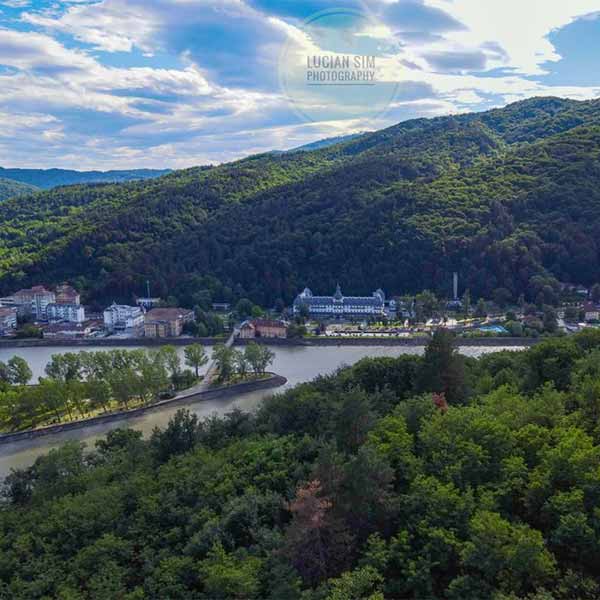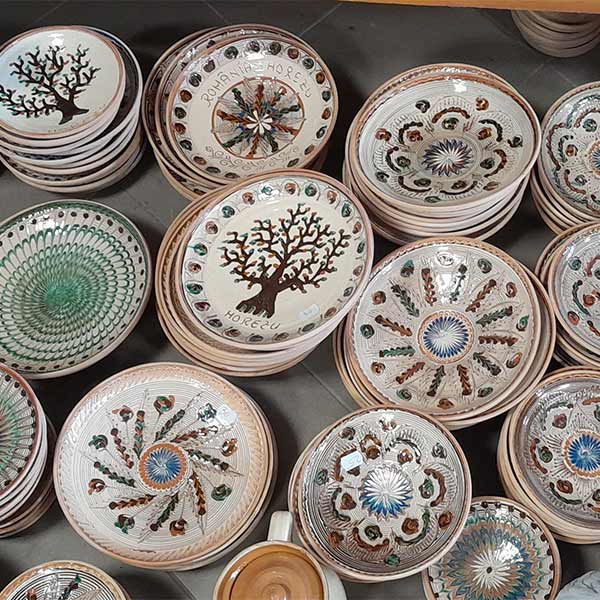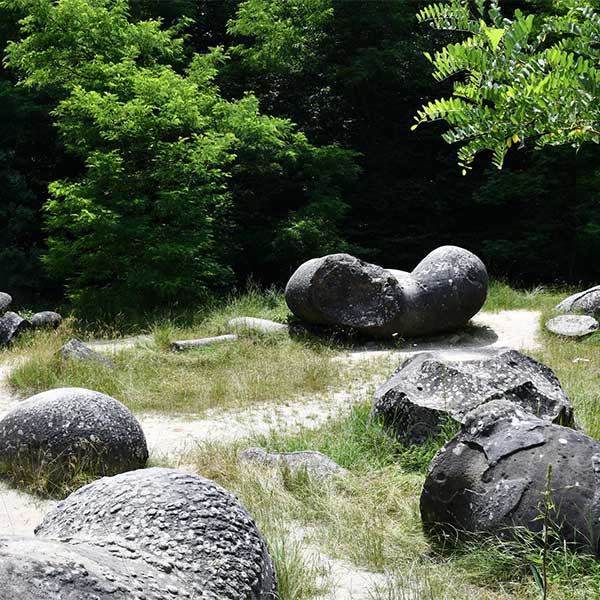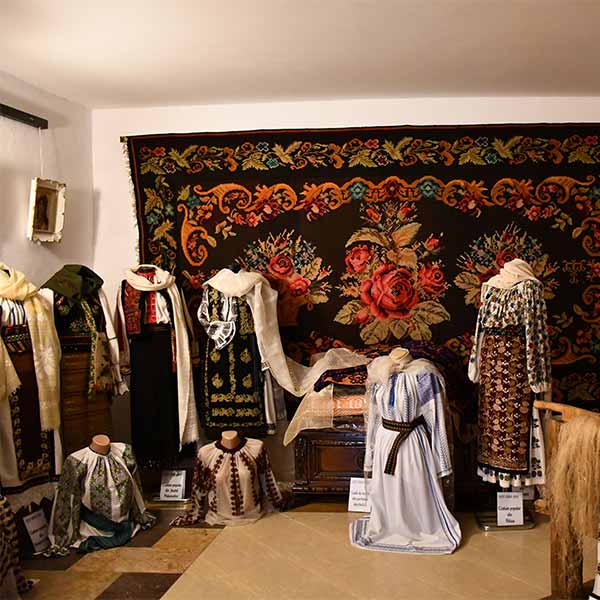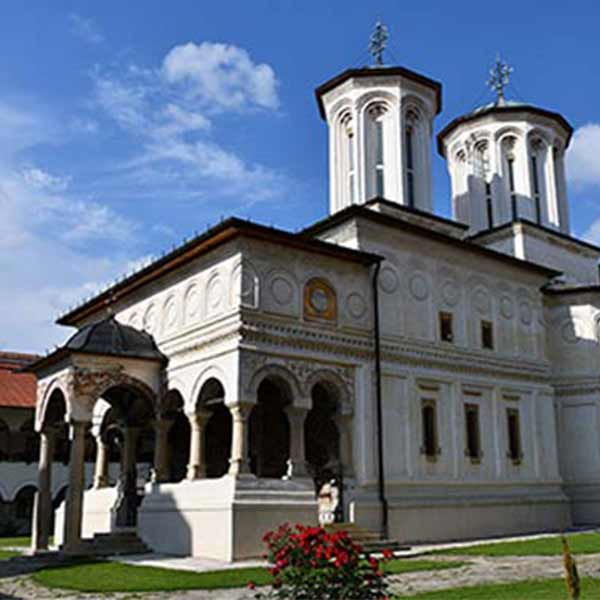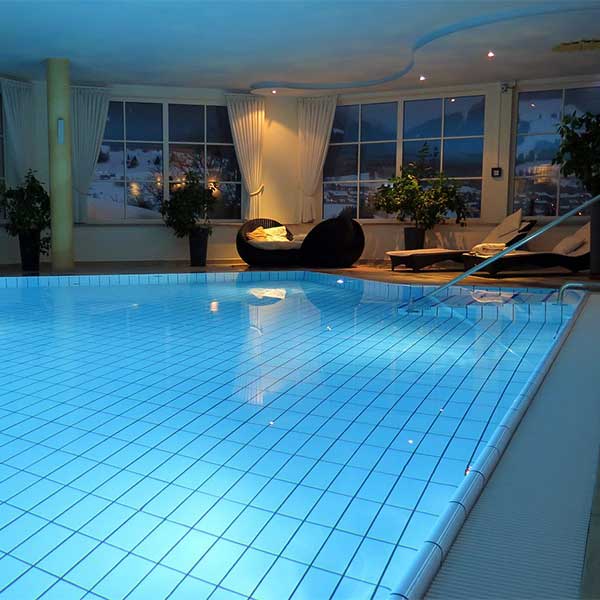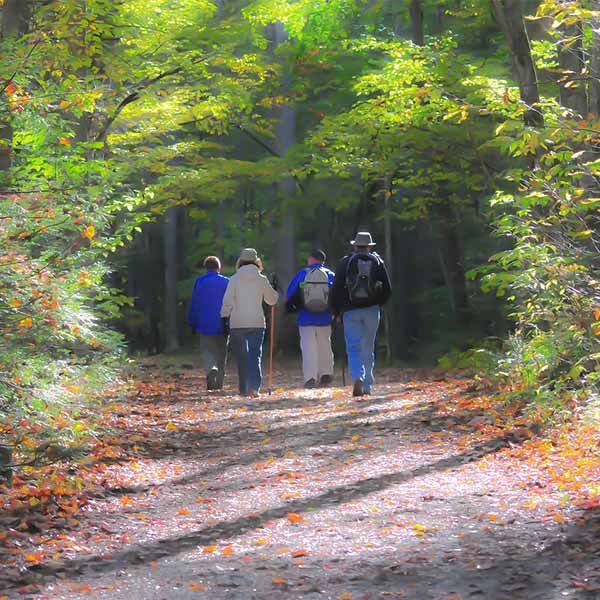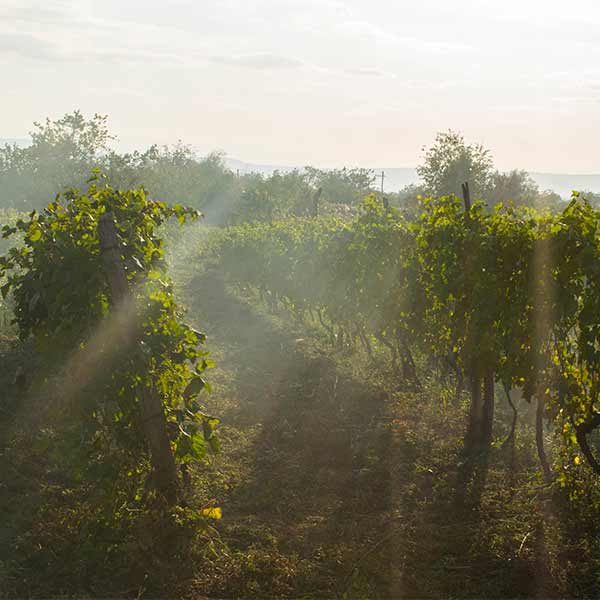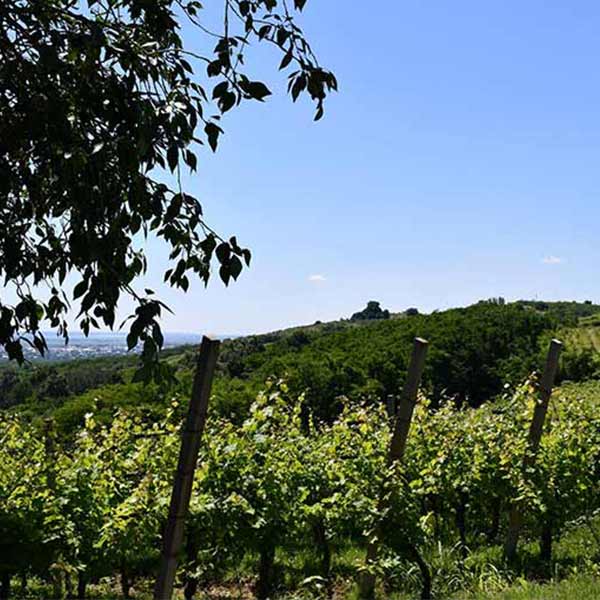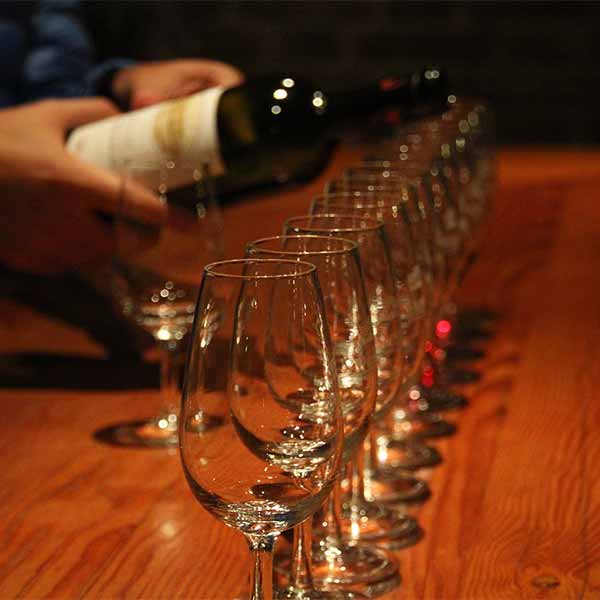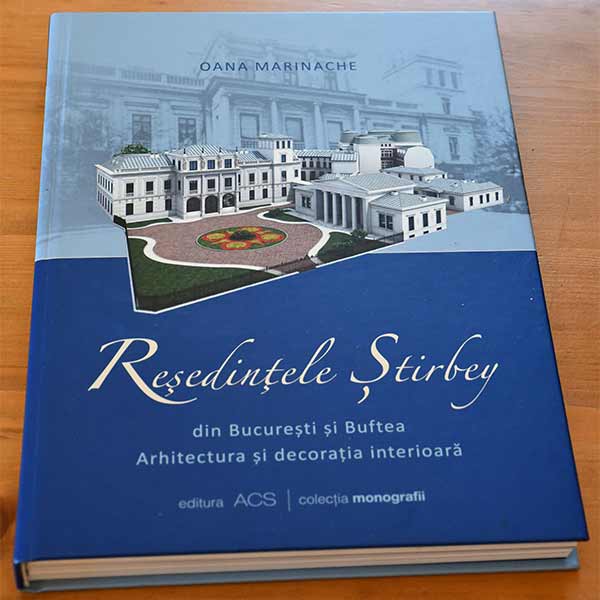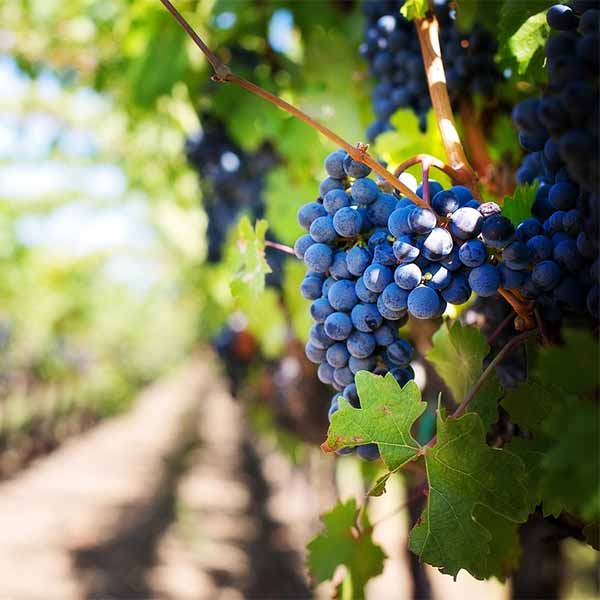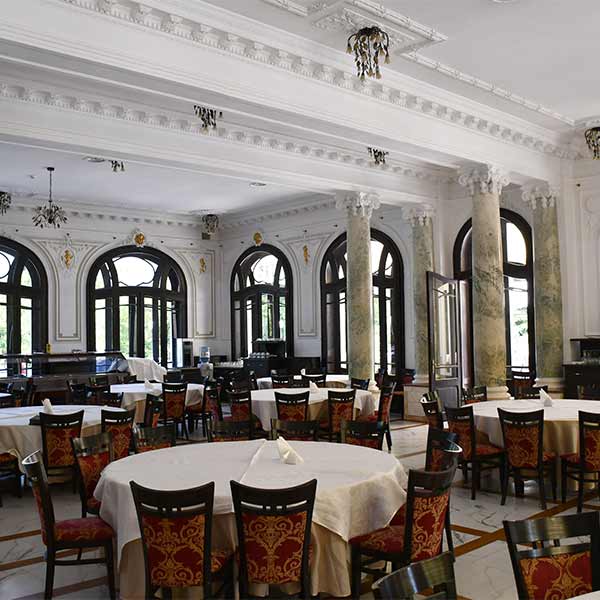
Frasinei Monastery
Frasinei Monastery
Situated in Muereasca commune, 25 km from Ramnicu Valcea, Frăsinei Monastery has two churches.
The church of the Frasinei Monastery, also called the Great Church, with the “Assumption of the Mother of God”, with the whole complex of buildings, in the shape of a fortress, is the foundation of Saint Calinic de la Cernica, Bishop of Ramnic, who built it between 1860-1863, the year in which he consecrated it. The painting, done in oil by the painter Misu Pop, in the style of Tattarascu, was painted in 1968 by the painter Aritium Avachian. This church is a historical monument.
The church of the old hermitage, dedicated to “The Birth of Saint John the Baptist”, was built of wood by the Bulgarian monks Ilarion and Stefan, in 1710 and rebuilt from the wall in 1762-1763 by Carstea Iovipali and Damian Iovipali, brothers hagii from Ramnic, together with Nicolita Iovipali, Carstea’s son, with the blessing of the Bishop of Ramnic, Filaret. Around this hermitage there were chapels that have not been preserved. Since 1787, during the Russian-Turkish war, the hermitage is deserted and remains abandoned until 1848, when it is rebuilt by the monk Acache Cernican, with the invocation of Gheorghe Iovipali, heir of the first founders. Acresta closes the porch of the church with brick, transforming it into a pronaos, paints it and rebuilds the rooms of the chapels. The old church preserves the painting from 1763, executed by Teodor Zugravul, as well as the one in the roof from 1848.
The chapel dedicated to the “Holy Three Hierarchs”, the residential buildings on the south and east sides, were built by Bishop Gherasim Safirim of Roman (1910-1911), former archimandrite of the Diocese of Ramnicului-Noului Severin, who also completed the south and east wings of the monastic fortress, on the wall side, which had remained unfinished by Saint Calinic in 1888.
Monastic life here is similar to that of Mount Athos: women are not allowed in the monastery (only in the upper church, women are allowed in the lower one) and no meat is cooked. In 1867 St. Calinic laid a stone of binding about 2 km from the monastery, where today there is a church and outbuildings for the accommodation of women. On the binding stone are engraved with Cyrillic letters both blessings, for those who will keep this bond, and curses, for those who will transgress the decision of the saint. To prove this, here is the text engraved on the binding stone:
“This holy place was built from telmelie to be a monks’ monastery, and because the women’s part could bring scandal to the monks living there, therefore under heavy constraint it was stopped from this place to pass on, under any circumstances, the women’s part. And those who will dare to pass shall be under a curse and all misfortunes shall come upon them, such as poverty, garbavia and all kinds of punishments, and again to those who will keep this decree may the blessing of God and our humility come upon them. Calinic, bishop of Ramnicului Noului Severin, 17 Jan. 1867.”
St. Calinic’s covenant is strictly observed. Even during his pastorate, those who trampled on him were severely punished. It is known the episode of the young shepherdess from the village of Muereasaca, who accidentally crossed the border and fell ill with epilepsy, having to ask for help from St. Calinic, to be forgiven and at the same time healed.Este singura manastire din tara care nu a fost secularizata, pastrandu-si tot terenul agricol pana in zilele noastre.
Thanks Vâlcea Turistica for permission to use the photos and information.







